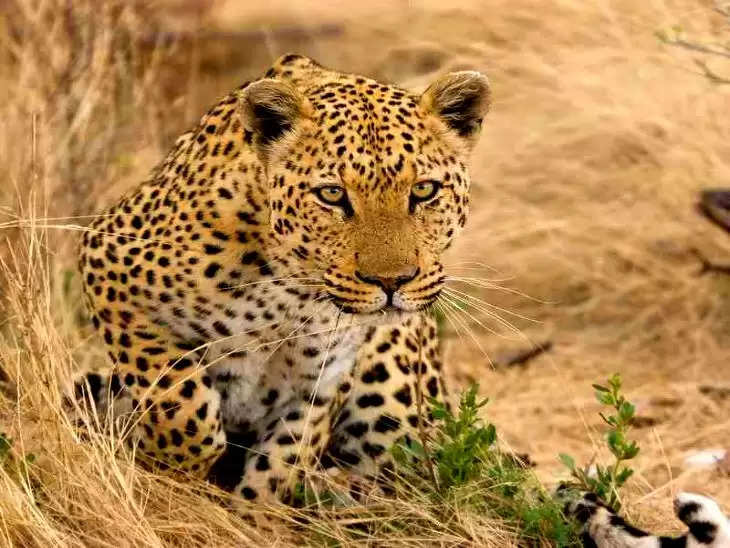Capturing Wildlife Insights: Preparation for Amrakh Ji Leopard Reserve
The Forest Department estimates that there are around 20 leopards currently inhabiting this area
The Amrakh Ji Mahadev Wildlife Reserve, situated near the city, plans to install 40 surveillance cameras. The Forest Department is allocating space specifically for this purpose. The cameras will be installed by April 15, 2024. They will be utilized to identify the wildlife species in the forest area and which species are currently there and which ones are not. After this evaluation, the species that are missing will be introduced and established in the area.
This region hosts diverse wildlife such as deer, jackals, bears, wild boars, and other species. The Forest Department estimates that there are around 20 leopards currently inhabiting this area. Following the establishment of the reserve, a leopard safari similar to the one at Jhalana in Jaipur will be launched here. At present, visitors can enjoy jeep safaris at the Jaisamand Sanctuary within the district. The reserve will span an area of 7000 hectares.
This includes 43 hectares of land linked to Amarkh Ji Mahadev. The reserve's boundary will extend from the Amarkh Ji Mahadev temple to Debari through Kurabad. Besides Udaisagar Lake, it will encompass parts of the Mavli and Kurabad regions.Three hiking trails will be established within the reserve, measuring 33 km, 20.5 km, and 53.5 km in length. Six staff guard posts will be built within the reserve. Additionally, there will be six borewells, six water holes, eighteen enclosures, and four watchtowers constructed to facilitate water supply and monitoring. Two watchtowers will be installed for surveillance purposes.
Precise information will be gathered, which will be beneficial for several activities including the construction of enclosures
Previously, wildlife in Amarkh Ji was assessed by surveying waterholes. Now, for the first time, counting will be carried out using cameras. In the waterhole method, staff record the count of wildlife species visiting designated drinking spots. In the reserve area, the daily visits of wildlife species will be documented using trap cameras to ensure accurate data collection.
These numbers will be valuable for various tasks, such as constructing enclosures for leopard prey and other wildlife.The Forest Department employs the waterhole method to survey wildlife across various ranges within the forest division, including Fulwari Ki Nal, Jaisamand Sanctuary, Bagdara and Sajjangarh Sanctuary, covering both the northern and southern regions. This survey is conducted non-stop for 24 hours during the month of May and provides an estimated count of the animal population.
The DPR, which was finalized 3 months ago, has a goal of establishing the reserve within a period of 2 years
The department completed the Detailed Project Report (DPR) for the reserve approximately three months ago. This project, with an estimated cost of around 40 crores, is scheduled to be completed within the next two years. A 68-kilometer-long wall, standing at a height of 6 feet, will be built to safeguard wildlife within the reserve and prevent unauthorized entry into the area.
A 48-kilometer pipeline will be installed to supply water to the waterholes. Additionally, a 100-hectare grassland area will be created for herbivorous wildlife. Enclosures spanning 3.5 hectares will be built for herbivorous wildlife species like cheetal, deer, sambar, and chinkara.
Source: Click Here
To join us on Facebook Click Here and Subscribe to UdaipurTimes Broadcast channels on GoogleNews | Telegram | Signal



